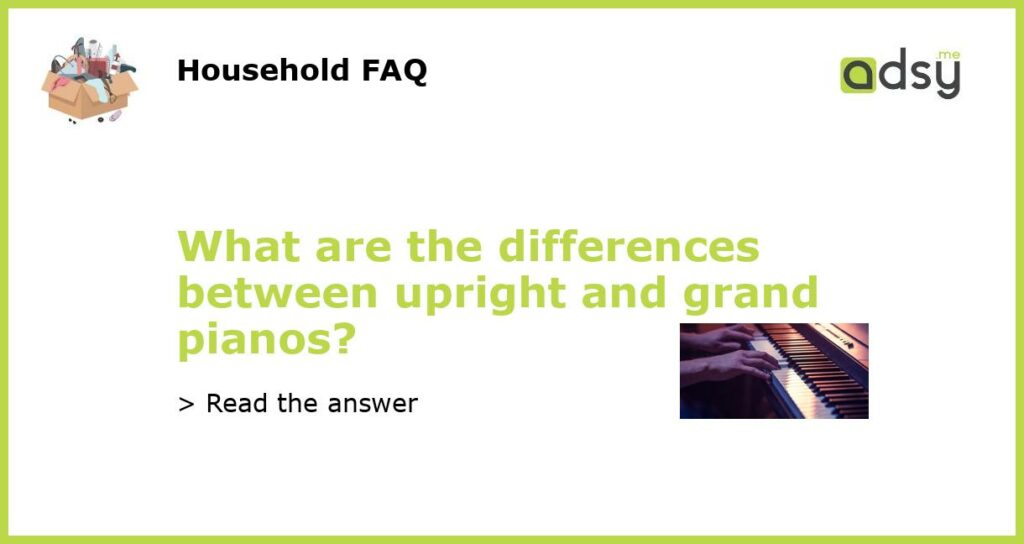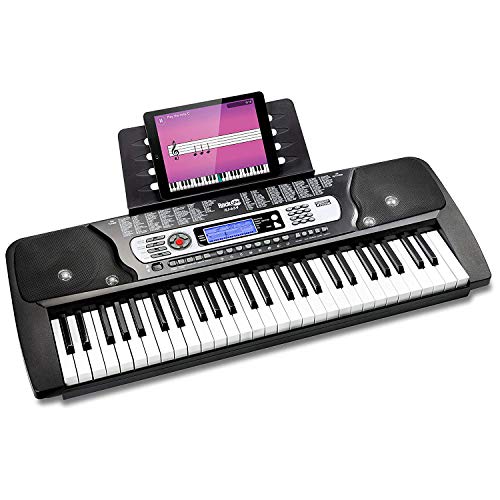Differences in Size and Shape
One of the most noticeable differences between upright and grand pianos is their size and shape. Upright pianos, as the name suggests, stand upright and have a tall and narrow shape. They are usually between 110 and 135 cm tall, which makes them a good option for smaller spaces. On the other hand, grand pianos are horizontal and have a long and low shape. They can range in length from 150 to 300 cm, with concert grand pianos being the longest ones. Due to their larger size, grand pianos require more space and are often the choice for larger concert halls and performance venues.
Sound Quality and Projection
Another major difference between upright and grand pianos is their sound quality and projection. Grand pianos are known for producing a rich, resonant, and powerful sound due to their longer strings and larger soundboard. The horizontal position of the strings in grand pianos allows them to vibrate more freely and produce a wider range of tonal colors. This makes grand pianos the preferred choice for professional pianists and concert performances. On the other hand, upright pianos, while also capable of producing beautiful sounds, generally have a more compact and focused sound due to their smaller size. They are often the choice for home use and practice.
Action and Touch
The action and touch of a piano refer to how the keys feel under the fingers and how the hammer mechanism works. In upright pianos, the action is vertical, meaning that the hammers move vertically when the keys are pressed. This design can sometimes result in a heavier touch and slower repetition, which might affect the pianist’s ability to play fast and intricate passages. Grand pianos, on the other hand, have a horizontal action where the hammers move horizontally. This design allows for a more responsive and sensitive touch, making it easier for pianists to control the nuances and dynamics of their playing.
Aesthetics and Design
The aesthetics and design of upright and grand pianos also differ. Upright pianos are more traditional in appearance and often have a furniture-like design with a wood cabinet and decorative details. They are designed to blend in with the decor of a room. On the other hand, grand pianos are considered to be more elegant and visually striking. They often have a sleek and streamlined design, with a curved and polished exterior. Grand pianos are often the centerpiece of a performance space and are chosen for their visual appeal as well as their musical capabilities.
Price Range and Accessibility
The price range and accessibility of upright and grand pianos can vary significantly. Upright pianos are generally more affordable and accessible for the average buyer. They come in a range of prices, depending on factors such as brand, quality, and condition. Grand pianos, on the other hand, tend to be more expensive due to their larger size, higher quality materials, and craftsmanship. Concert grand pianos, designed for professional use, can be extremely expensive and are typically only found in concert halls or the homes of wealthy individuals. However, there are also more affordable options available for grand pianos, such as baby grand pianos, which are smaller in size and price.






